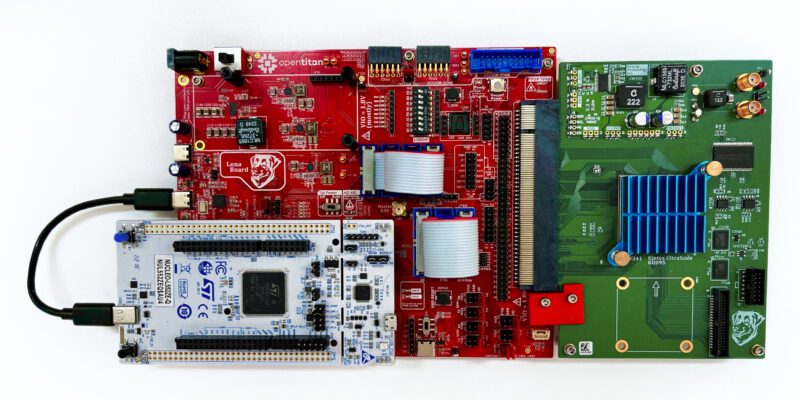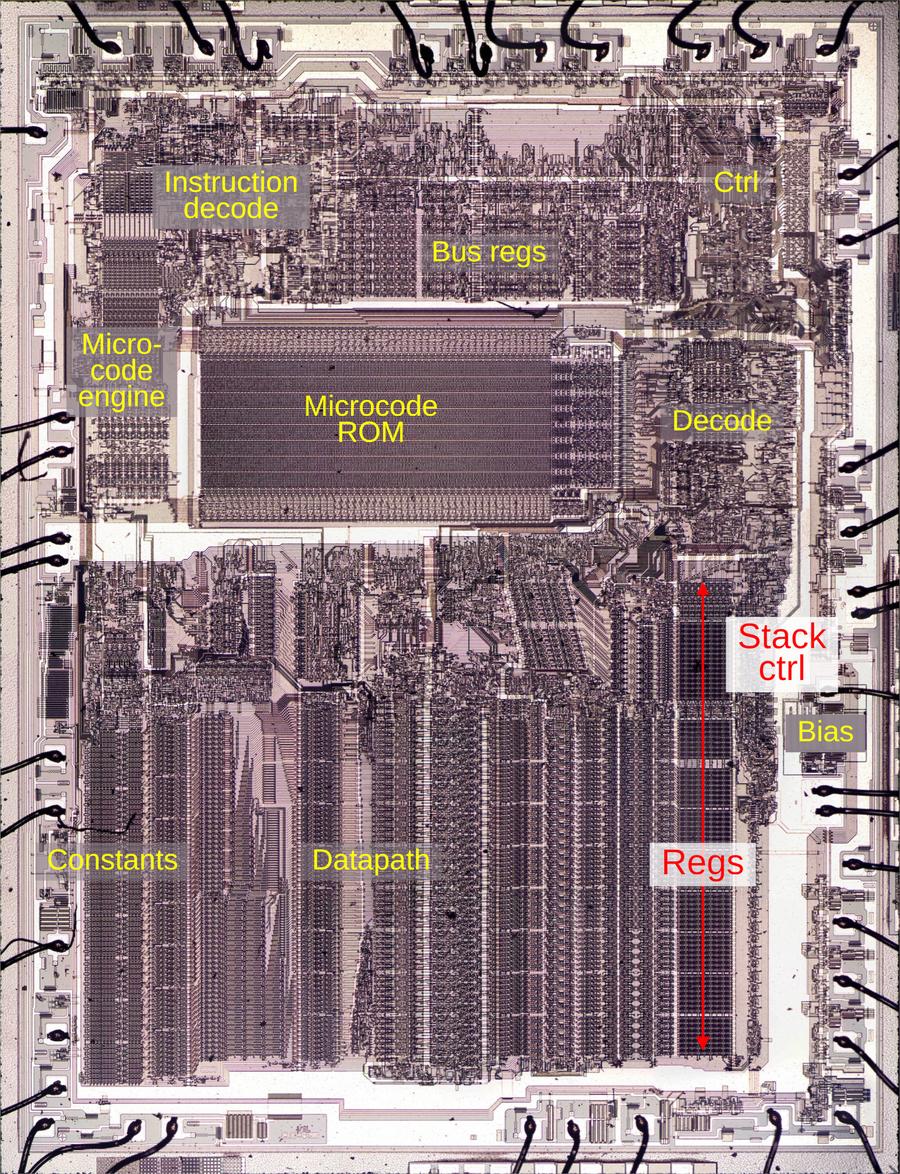Feed SparkFun Electronics [copy] http://www.sparkfun.com/feeds/news has loading error: cURL error 22: The requested URL returned error: 405
Feed The RFID Weblog [copy] http://www.rfid-weblog.com/index.rss has loading error: cURL error 22: The requested URL returned error: 404 Not Found
Feed tqfp.org [copy] http://tqfp.org/rss/ has loading error: A feed could not be found at `http://tqfp.org/rss/`; the status code is `200` and content-type is `text/html; charset=utf-8`
Возвращение «Легенды». Оживляем раритетный ПК Packard Bell
Приветствую всех!
Вообще, брендовые ретро-ПК не так популярны у любителей, как обычные компьютеры. Несоответствие комплектующих каким-либо стандартам, отсутствие нормальной документации, отсутствие софта (типа утерянных утилит конфигурации) и неочевидные глюки - вот далеко не полный список проблем, с которыми можно столкнуться.
Но всё-таки есть экземпляры, лишённые практически всех этих косяков. И сегодня поговорим именно об одном из них - о брендовом слим-десктопе Packard Bell Legend. Как оказалось, этот девайс собрал в себе лучшее что от брендов, что от самых обычных самосборных машин...
Press <F2> to enter SETUP1.5 TB of VRAM on Mac Studio - RDMA over Thunderbolt 5

Apple gave me access to this Mac Studio cluster to test RDMA over Thunderbolt, a new feature in macOS 26.2. The easiest way to test it is with Exo 1.0, an open source private AI clustering tool. RDMA lets the Macs all act like they have one giant pool of RAM, which speeds up things like massive AI models.
The stack of Macs I tested, with 1.5 TB of unified memory, costs just shy of $40,000, and if you're wondering, no I cannot justify spending that much money for this. Apple loaned the Mac Studios for testing. I also have to...
CM0 - a new Raspberry Pi you can't buy

This little postage stamp is actually a full Raspberry Pi Zero 2, complete with eMMC storage and WiFi.
But you can't get one. Well, not unless you buy the CM0NANO development board from EDAtec, or you live in China.
This little guy doesn't have an HDMI port, Ethernet, or even USB. It's a special version of the 'Compute Module' line of boards. Little Raspberry Pi 'System on Modules' (SoMs), they're called.
Иногда компьютеры ошибаются. Воспроизводим тот самый баг на $475 000 000
Приветствую всех!
Знаю: тема багов, которые изменили мир, избита уже настолько, что на ней не осталось живого места. Но сейчас мы не будем просто говорить о самых выдающихся таких случаях. Сейчас мы затронем лишь один из них: ту самую ошибку в процессоре Pentium. И не просто поговорим обо всём этом, а ещё и продемонстрируем её на реальной машине.
Итак, сегодня мы разберёмся, что же это был за баг в данном теперь уже ретро-процессоре. Узнаем, как он проявлялся, как его воспроизвести и, конечно же, увидим вживую, как всё это работало.
Press F1 to continueBenchmarking NVENC video transcoding on the Pi

Now that Nvidia GPUs run on the Raspberry Pi, I've been putting all the ones I own through their paces.
Many people have an older Nvidia card (like a 3060) laying around from an upgrade. So could a Pi be suitable for GPU-accelerated video transcoding, either standalone for conversion, or running something like Jellyfin for video library management and streaming?
That's what I set out to do, and the first step, besides getting the drivers and CUDA going (see blog post linked above), was to find a way to get a repeatable benchmark going.
Мой самый упрямый экран. Figma была свидетелем

Неделю назад я написал нашему программисту: «Знаешь, наверное, к концу следующей недели я сделаю дизайн всего приложения». Да, отличное начало для истории о том, как один экран может выбесить.
Делюсь ссылкой на свой проект в Figma
Читать далееHow we run CI for our open source silicon projects

...
We will run Soldering workshop for RVPC – the Retro Style RISC-V computer on FOSDEM 2026
FOSDEM 2026 will take place in Brussels on 31 January and 1 February 2026. It is the largest European event dedicated to Open Source Hardware and Free/Libre Open Source Software, bringing together thousands of developers from around the world each year. Our proposal for a Soldering Workshop at FOSDEM has been approved. On Saturday, from […]
The stack circuitry of the Intel 8087 floating point chip, reverse-engineered

Early microprocessors were very slow when operating with floating-point numbers. But in 1980, Intel introduced the 8087 floating-point coprocessor, performing floating-point operations up to 100 times faster. This was a huge benefit for IBM PC applications such as AutoCAD, spreadsheets, and flight simulators. The 8087 was so effective that today's computers still use a floating-point system based on the 8087.1
The 8087 was an extremely complex chip for its time, containing somewhere between 40,000 and 75,000 transistors, depending on the source.2 To explore how the 8087 works, I opened up a chip and took numerous photos of the silicon die with a microscope. Around the edges of the die, you...
The DC-ROMA II is the fastest RISC-V laptop and is odd

Inside this Framework 13 laptop is a special mainboard developed by DeepComputing in collaboration with Framework. It has an 8-core RISC-V processor, the ESWIN 7702X—not your typical AMD, Intel, or even Arm SoC. The full laptop version I tested costs $1119 and gets you about the performance of a Raspberry Pi.
A Pi 4—the one that came out in 2019.
But unlike the Pi 4, this eats up 25 watts of power at idle, meaning the poor battery only lasts 2-3 hours.